When it comes to charitable giving, donors often have an idea of the organization(s) they want to support, or at least the cause(s) they’re passionate about. But that’s just the first decision!
Once they’ve decided where to make an impact, they’ll have to decide how. Giving a little thought to how you structure and talk about your funds with donors can have a huge impact on their giving. Here are some basic definitions of the most common types of charitable funds, how they differ, and what they mean for your organization:
First, financial gifts to a nonprofit organization generally fall into two categories:
1. Unrestricted Gifts
When an unrestricted gift is given to your organization, the money can be used at any time, for any purpose your organization sees fit. For instance, smaller gifts directed to a general operating budget or annual fund are unrestricted, and these are the most common gifts given by most donors. These also offer the most flexibility to your organization!
2. Restricted Gifts
When someone gives a restricted gift, the money is earmarked for use only for a specific, stated purpose. There are several types of funds that restricted gifts may support:
- Temporarily Restricted Fund—Money must be used for a specific, stated, relatively short-term purpose. i.e. a capital campaign or project-related fund
- Permanently Restricted Fund—Money is intended to be held in perpetuity as principal, on which interest will be earned. Only the interest is allowed to be spent by the organization. i.e. an endowment that funds scholarships or a specific program area
- Donor-Restricted Fund—These are funds designated for a specific purpose based on the desire of the donor. Giving could be broad (like funding building maintenance or salaries) or more specific (like earmarking funds for a specific program or type of technology). Use caution in accepting donor-restricted donations, because they can become cumbersome to track and the organization’s needs and priorities may change over time.
- Organization-Restricted Fund—It’s wise to set up funds that honor donors’ intent but provide some direction for supporting the particular needs of the organization. We sometimes call these a “family of funds” or “giving buckets,” and they can motivate donors to give more substantially–knowing their gifts are supporting a particular passion area–while still keeping balance sheets relatively streamlined.
Endowed Funds
An endowment is intended to provide stability and consistent income to an organization long-term. Funds may be held in a simple, high-interest account; a foundation that directly supports your organization; or a community foundation—and the principal remains intact while the interest is withdrawn and used to support an organization or project.
A donor may set up their own endowed fund, perhaps in someone’s memory or to support a specific interest area within an organization. Or an organization may set up endowed, restricted funds to help streamline giving and record keeping. Here’s more about the difference between an endowment and foundation.
Donor Advised Funds
A Donor Advised Fund (DAF) is one of the most adaptable and beneficial giving tools a donor can consider, so we’re including it here even though it’s not something a typical nonprofit offers. A DAF is:
- Sometimes dubbed a “charitable checkbook”
- Set up by a donor to facilitate and streamline charitable giving
- Held and invested by a public charity or community foundation
- Invested for long-term growth until the donor decides where to grant the funds
- A great way to harness tax deductions while retaining flexibility in giving
- Legacy-ready: easy to incorporate into an estate plan and intergenerational giving
- Funded with all kinds of assets, from cash to real estate to cryptocurrency. Donors get a charitable tax deduction when funds are channeled into a DAF, and when a DAF is funded with appreciated assets, they’ll also bypass capital gains tax. It’s a win-win.
It’s a good idea to encourage donors to set up DAFs, even if your organization isn’t set up to administer them. Here’s more about them!
Foundation-held Funds
The last category of funds may be set up within a larger nonprofit organization, but are often handled through a community foundation partner in order to streamline accounting and oversight. Some are set up by a nonprofit, and some by a donor who has a specific philanthropic goal in mind:
- Agency and/or Endowment Partner Fund—This is set up by a nonprofit organization or group that isn’t set up for, or interested in, holding its own endowment. It’s essentially a big savings account for a project or nonprofit, but held under the umbrella of a third-party foundation. This can be an excellent option for a smaller nonprofit, because the foundation can accept gifts on the nonprofit’s behalf, invest and oversee the funds, and report back on fund growth.
- Donor-Designated Fund—If a donor wants to support your organization during or after their lifetime, they may set up a specific fund within a foundation to set aside and grow funds for that giving. It’s essentially like a DAF, but with only one intended beneficiary. If your organization ceases to exist, or its current purpose changes significantly, a familial beneficiary or the foundation’s board typically have the responsibility and authority to reapply the distributions to a similar charitable organization.
- Field of Interest Fund—Some donors have a specific passion area that they love to support, and this type of fund can facilitate that! They can set up a fund to benefit disadvantaged children, the elderly, or the performing arts—and the foundation is often set up to help the donor and/or their heirs direct grants to those causes. It can be a great idea to encourage donors to consider setting up this type of fund and including your organization on their list of intended beneficiaries.
